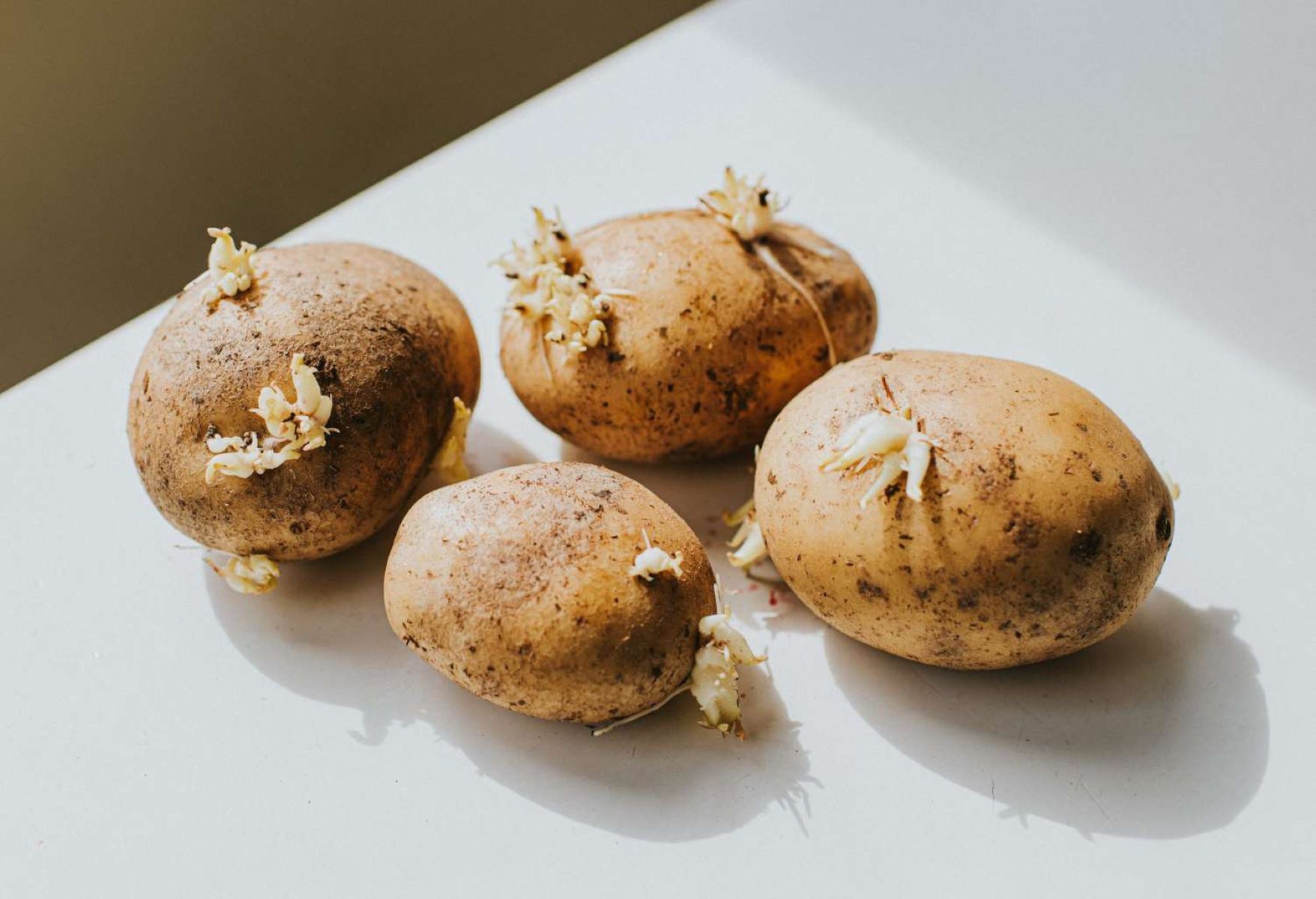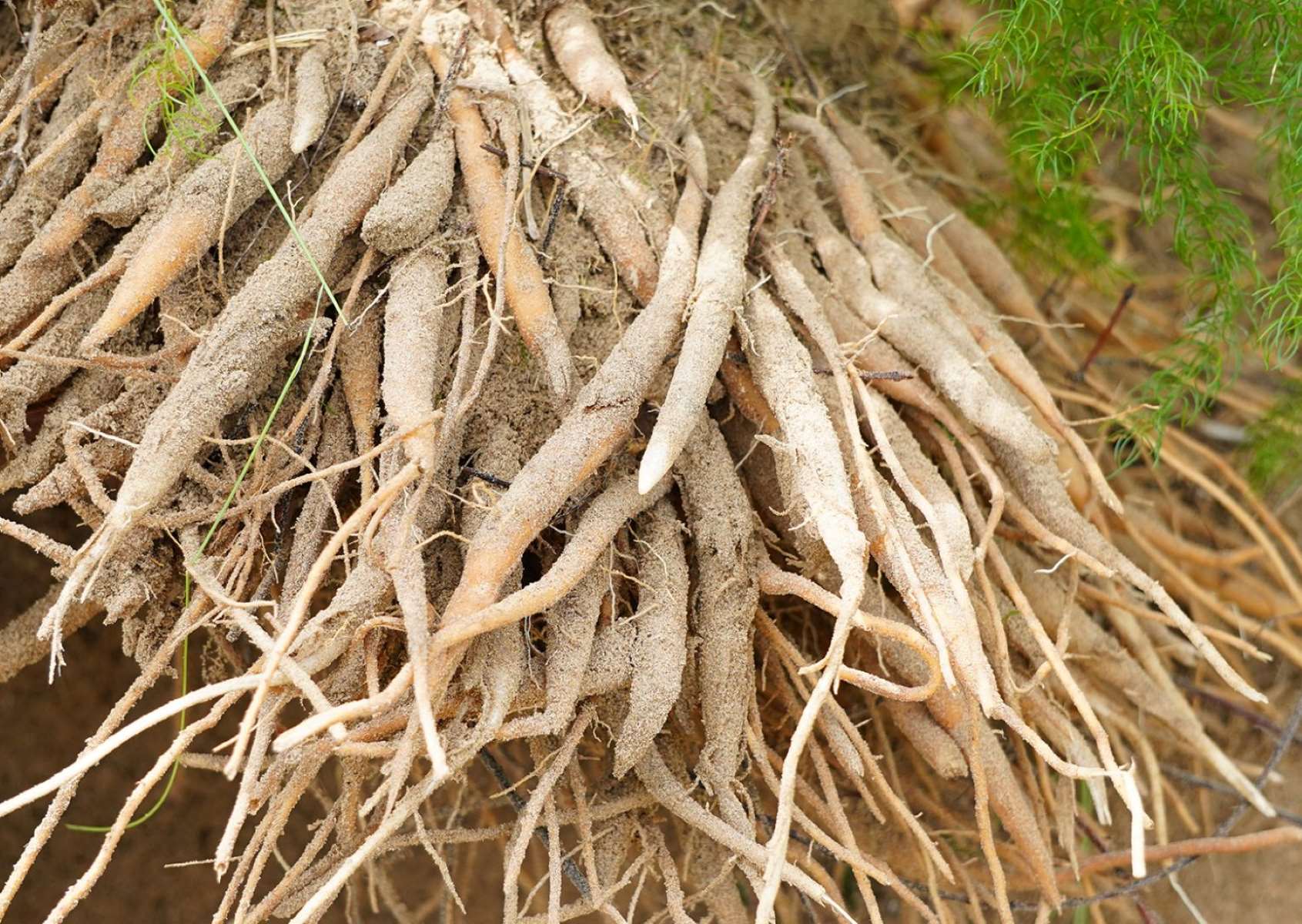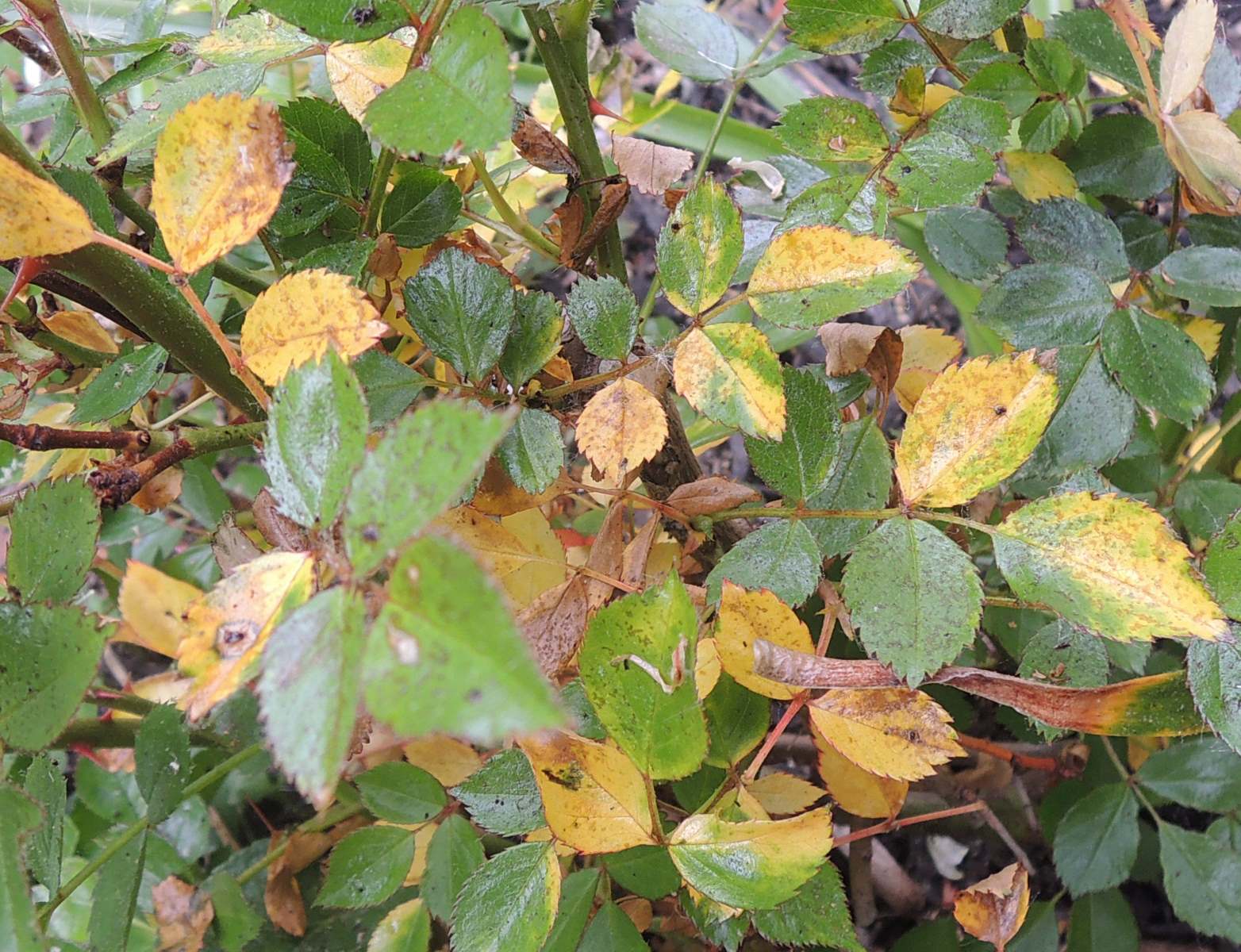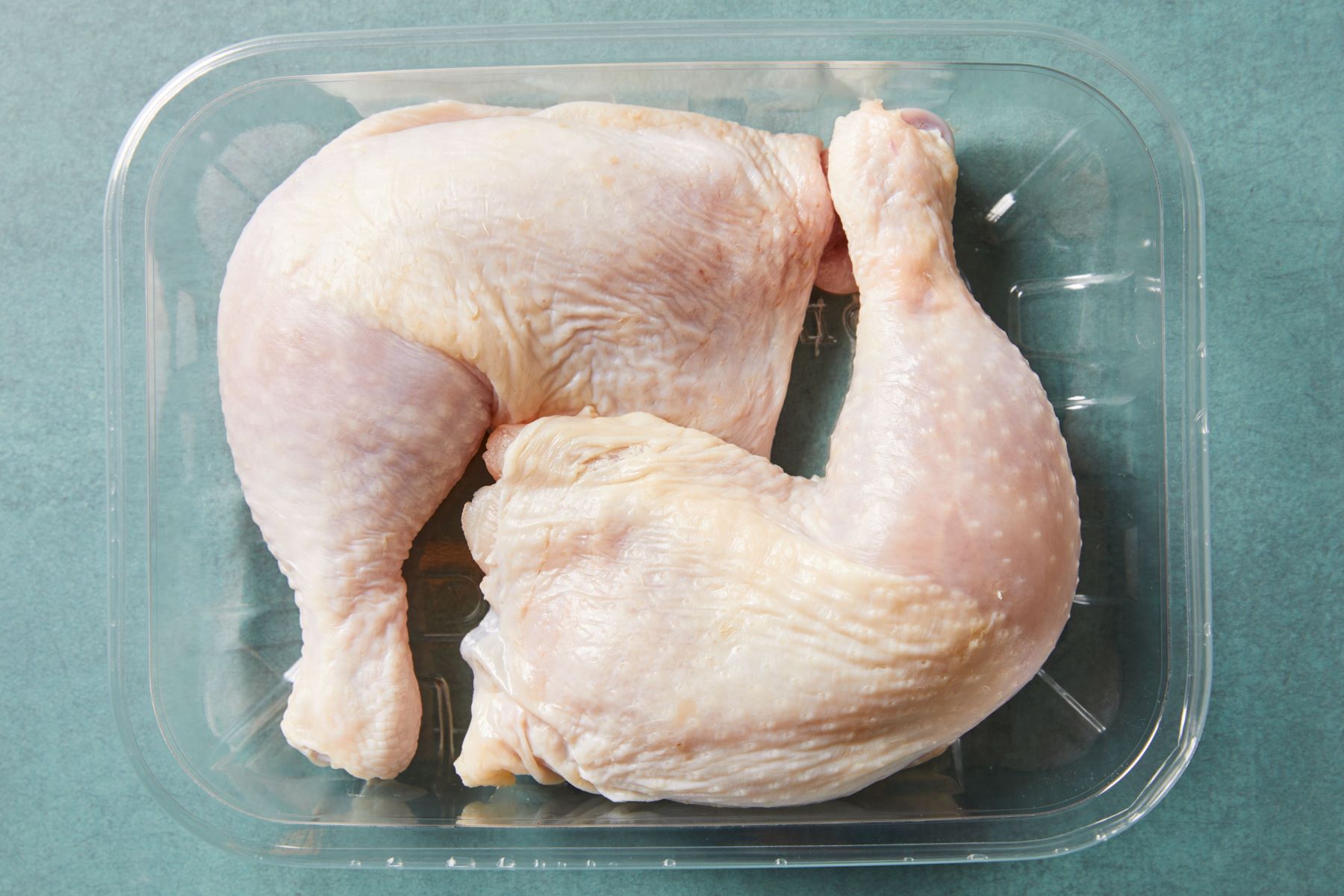Home>Food and Cooking>The Surprising Truth About Brown Spots On Potatoes: Should You Eat Them Or Toss Them?


Food and Cooking
The Surprising Truth About Brown Spots On Potatoes: Should You Eat Them Or Toss Them?
Published: January 31, 2024
Discover the surprising truth about brown spots on potatoes and whether you should eat or toss them. Get expert advice on food and cooking.
(Many of the links in this article redirect to a specific reviewed product. Your purchase of these products through affiliate links helps to generate commission for Regretless.com, at no extra cost. Learn more)
Table of Contents
Introduction
Potatoes are a versatile and beloved staple in many households, making appearances in a wide array of dishes from comforting mashed potatoes to crispy french fries. However, it's not uncommon to come across brown spots on the surface of these beloved tubers. These blemishes can prompt questions and uncertainties about the safety and edibility of the affected potatoes. In this article, we'll delve into the intriguing world of brown spots on potatoes, exploring the causes behind these discolorations, addressing the safety concerns, and providing valuable insights on how to handle potatoes with brown spots.
Understanding the nature of brown spots on potatoes is essential for every home cook and potato enthusiast. By shedding light on this topic, we aim to equip readers with the knowledge and confidence to make informed decisions about the potatoes in their kitchen. So, let's embark on this enlightening journey to uncover the surprising truth about brown spots on potatoes and whether you should embrace them or bid them farewell.
What Causes Brown Spots on Potatoes?
Brown spots on potatoes can be attributed to a variety of factors, with each potential cause shedding light on the intricate nature of these beloved tubers. Understanding the underlying reasons for these blemishes is crucial for discerning how to prevent and manage them effectively.
-
Physical Damage: One common cause of brown spots on potatoes is physical damage. When potatoes endure rough handling or experience impact during harvesting, transportation, or storage, it can lead to bruising. These bruises manifest as brown spots on the potato's surface, resulting from the enzymatic browning process triggered by the compromised skin. This discoloration is a natural response to the potato's attempt to heal itself, forming a protective layer over the damaged area.
-
Storage Conditions: The environment in which potatoes are stored plays a pivotal role in the development of brown spots. Exposure to excessive light, whether natural or artificial, can stimulate the production of chlorophyll in the potatoes, leading to the formation of green spots. Over time, these green spots can transform into brown spots due to the accumulation of glycoalkaloids, natural toxins present in potatoes. Additionally, fluctuating temperatures and high humidity levels in storage areas can contribute to the onset of brown spots.
-
Fungal and Bacterial Infections: Another factor that can instigate the appearance of brown spots on potatoes is the presence of fungal and bacterial infections. Certain pathogens, such as Fusarium spp. and Phytophthora infestans, can infiltrate the potatoes, causing rot and discoloration. As these infections progress, they can give rise to brown spots and patches on the potato's surface, signaling the deterioration of the tuber.
-
Chemical Reactions: The interaction between the natural compounds present in potatoes and external factors can also lead to the development of brown spots. When potatoes are exposed to oxygen, enzymes within the tuber catalyze chemical reactions, resulting in the formation of melanin, the pigment responsible for the brown discoloration. This process, known as enzymatic browning, occurs when the potato's cells are disrupted, triggering the release and oxidation of phenolic compounds.
By delving into the multifaceted causes of brown spots on potatoes, we gain valuable insights into the intricate dynamics at play within these humble tubers. Armed with this knowledge, we can adopt proactive measures to mitigate the occurrence of brown spots and preserve the quality of our potatoes.
Are Brown Spots on Potatoes Safe to Eat?
The presence of brown spots on potatoes often raises concerns about their safety and suitability for consumption. While the sight of these blemishes may initially evoke hesitance, it's essential to understand the underlying factors that determine the edibility of potatoes with brown spots.
In most cases, small brown spots on potatoes are safe to eat after the affected areas have been trimmed away. These spots typically indicate superficial damage or natural discoloration, rather than significant deterioration or spoilage. However, it's crucial to exercise discernment when assessing the condition of potatoes with brown spots, especially when considering factors such as the size, texture, and odor of the affected areas.
When evaluating the safety of potatoes with brown spots, consider the following guidelines:
-
Size and Depth of the Spots: Small, surface-level brown spots that are limited to the potato's skin may be safely removed by cutting away the affected areas. However, if the spots are extensive, deeply embedded, or accompanied by soft, mushy textures, it may indicate advanced decay, rendering the potato unfit for consumption.
-
Odor and Texture: Potatoes with brown spots should be examined for any unusual odors or textures. Foul or musty smells, along with slimy or excessively soft textures, are indicative of spoilage and should prompt the discarding of the affected potatoes.
-
Green Spots and Toxins: While not exclusively brown, green spots on potatoes can develop into brown spots and may contain elevated levels of glycoalkaloids, natural toxins that can pose health risks if consumed in large quantities. As such, potatoes with significant green or brown spots should be discarded to avoid potential adverse effects.
-
Cooking Precautions: If you opt to use potatoes with minor brown spots, ensure that they are thoroughly cooked before consumption. Cooking at sufficiently high temperatures can help neutralize any potential toxins and minimize associated risks.
In summary, the safety of potatoes with brown spots hinges on careful inspection and judicious decision-making. By exercising vigilance and adhering to the aforementioned guidelines, it is possible to discern whether these potatoes are suitable for consumption or better relegated to compost. Ultimately, prioritizing food safety and quality ensures a gratifying culinary experience while minimizing potential health hazards associated with compromised produce.
How to Properly Store Potatoes to Prevent Brown Spots
Proper storage is paramount in safeguarding the quality and longevity of potatoes, effectively mitigating the risk of brown spots and preserving their optimal flavor and texture. By implementing appropriate storage practices, you can minimize the occurrence of discoloration and maintain the overall integrity of your potato supply. Here are essential guidelines for storing potatoes to prevent brown spots:
-
Darkness is Key: Shield potatoes from light exposure, as prolonged illumination can incite the development of green spots, which may subsequently evolve into brown spots. Store potatoes in a dark environment, such as a pantry or a well-ventilated cupboard, to deter the onset of unwanted discoloration.
-
Optimal Temperature and Humidity: Maintain a consistent storage temperature for potatoes, ideally between 45-50°F (7-10°C), to inhibit sprouting and the conversion of starches to sugars. Additionally, moderate humidity levels between 85-90% are conducive to preserving the potatoes' moisture content and deterring the formation of brown spots.
-
Proper Ventilation: Ensure adequate ventilation in the storage area to prevent the accumulation of excess moisture, which can contribute to the onset of brown spots and decay. Avoid enclosing potatoes in airtight containers, as this can elevate humidity levels and compromise their quality.
-
Separation from Ethylene Producers: Keep potatoes away from ethylene-producing fruits and vegetables, such as apples and onions, as exposure to this natural gas can accelerate the aging and deterioration of potatoes, potentially leading to the formation of brown spots.
-
Inspect Regularly: Routinely inspect stored potatoes for signs of sprouting, softening, or the emergence of brown spots. Promptly remove any potatoes exhibiting these indications to prevent the spread of spoilage and maintain the overall quality of the remaining supply.
By adhering to these storage recommendations, you can proactively safeguard your potatoes against the development of brown spots, ensuring that they remain in optimal condition for an extended period. Implementing these measures not only minimizes the likelihood of encountering unsightly discoloration but also contributes to the preservation of the potatoes' flavor, texture, and nutritional value.
Remember, the proper storage of potatoes is a fundamental aspect of maintaining their quality and minimizing the occurrence of brown spots, ultimately enhancing your culinary endeavors and culinary satisfaction.
Tips for Using Potatoes with Brown Spots
When faced with potatoes exhibiting brown spots, it's natural to question their usability and potential culinary applications. While the presence of these blemishes may initially evoke hesitance, it's reassuring to know that there are practical strategies for making the most of potatoes with brown spots. By leveraging these tips, you can minimize waste and elevate your culinary repertoire with creative and resourceful approaches.
1. Trim and Utilize
Upon encountering potatoes with minor brown spots, exercise discernment to identify the extent of the blemishes. If the spots are superficial and confined to the skin, consider trimming them away to reveal the unaffected flesh beneath. This approach allows you to salvage the majority of the potato, minimizing waste while ensuring that the remaining portions are suitable for consumption. Once trimmed, these potatoes can be utilized in a myriad of recipes, ranging from hearty stews and casseroles to crispy roasted potatoes, contributing their delightful flavor and texture to your culinary creations.
2. Embrace Versatility
Potatoes with brown spots can be ingeniously incorporated into an array of dishes that celebrate their versatility. Consider transforming these potatoes into comforting mashed potatoes, where the blemishes blend seamlessly into the creamy texture, imparting an earthy richness to the dish. Alternatively, harness their robust flavor in savory potato soups or utilize them as a hearty addition to vegetable fritters and gratins. By embracing the versatility of potatoes with brown spots, you can unlock their culinary potential and infuse your meals with character and depth.
3. Opt for Cooking Methods that Camouflage Blemishes
Certain cooking methods lend themselves well to concealing brown spots while accentuating the natural appeal of potatoes. Roasting, for instance, can impart a delightful crispiness to the potatoes, effectively camouflaging minor blemishes and enhancing their visual appeal. Similarly, incorporating these potatoes into casseroles or gratins allows their flavors to meld with other ingredients, offering a delectable amalgamation that eclipses any visible imperfections. By leveraging these cooking methods, you can elevate the aesthetic and gustatory appeal of potatoes with brown spots, transforming them into enticing culinary offerings.
4. Exercise Caution with Presentation
When utilizing potatoes with brown spots in visually-oriented dishes such as salads or side dishes, exercise discretion in their presentation. Opt for recipes where the potatoes are diced or mashed, as this can mitigate the prominence of the blemishes while allowing their inherent qualities to shine through. Additionally, consider complementing these potatoes with vibrant ingredients and garnishes to draw attention away from any remaining discolorations, ensuring that the overall presentation is visually appealing and inviting.
By incorporating these tips into your culinary endeavors, you can harness the potential of potatoes with brown spots, minimizing waste and embracing their inherent qualities to enrich your culinary repertoire. With creativity and resourcefulness, these blemished potatoes can contribute to a diverse array of delectable dishes, enriching your culinary experiences and fostering a sustainable approach to food utilization.
Conclusion
In conclusion, the enigmatic presence of brown spots on potatoes unveils a multifaceted narrative that encompasses the interplay of various factors, including physical damage, storage conditions, infections, and chemical reactions. Through our exploration, we've gained valuable insights into the underlying causes of these blemishes, shedding light on the complex dynamics at play within these humble tubers.
The safety considerations surrounding potatoes with brown spots underscore the importance of discernment and vigilance when evaluating their edibility. By adhering to guidelines that emphasize size, texture, and odor, individuals can make informed decisions regarding the suitability of these potatoes for consumption, thereby prioritizing food safety while minimizing waste.
Furthermore, the significance of proper storage practices cannot be overstated, as it serves as a pivotal mechanism for safeguarding the quality and longevity of potatoes. By implementing measures to shield potatoes from light, maintain optimal temperature and humidity, and routinely inspect stored produce, individuals can proactively mitigate the risk of brown spots and preserve the overall integrity of their potato supply.
Embracing resourcefulness and creativity, individuals can leverage practical tips to make the most of potatoes with brown spots, minimizing waste and elevating their culinary repertoire. Through strategic trimming, versatile culinary applications, and judicious presentation, these blemished potatoes can be transformed into delightful culinary offerings that celebrate their inherent qualities and contribute to sustainable food utilization.
Ultimately, the journey through the realm of brown spots on potatoes has not only deepened our understanding of these beloved tubers but has also empowered us to approach them with discernment, resourcefulness, and a commitment to food safety. By embracing these insights, we can navigate the intriguing nuances of potatoes with brown spots, harnessing their potential to enrich our culinary experiences while fostering a conscientious approach to food utilization and sustainability.













